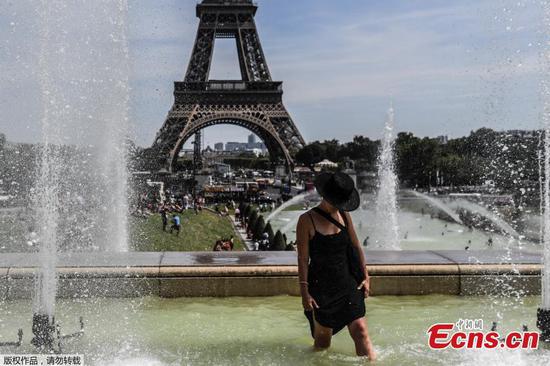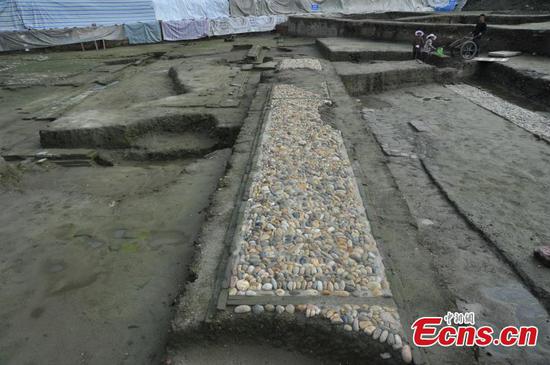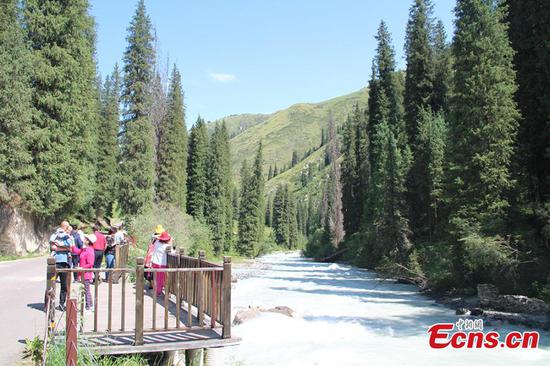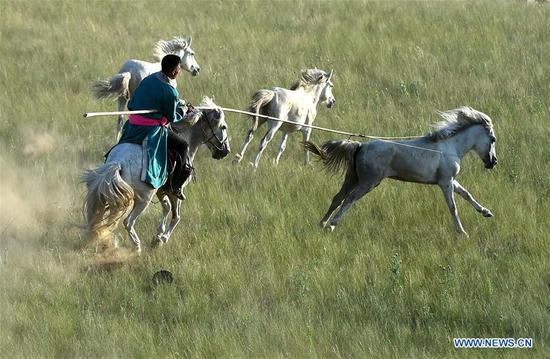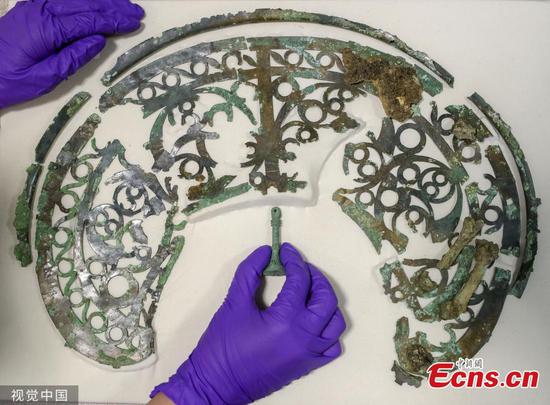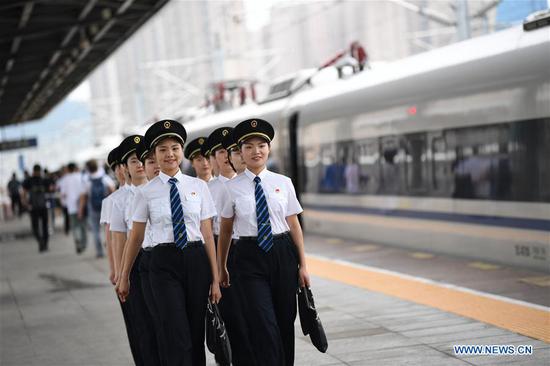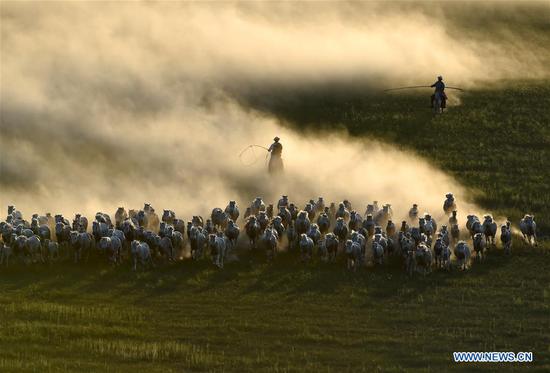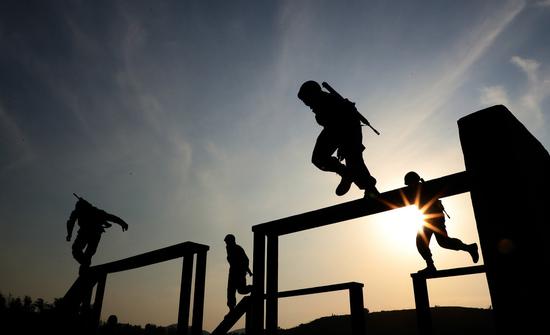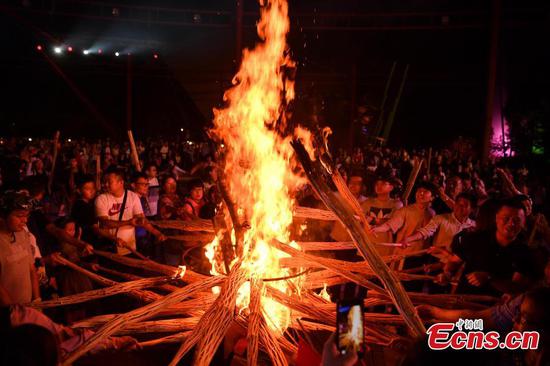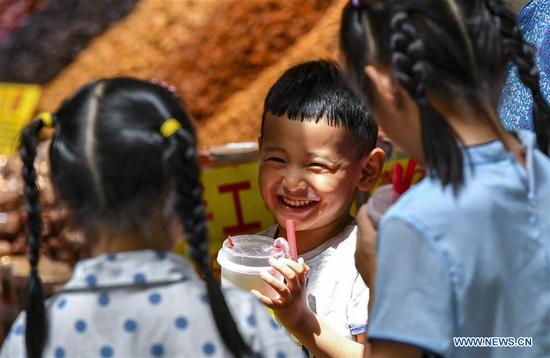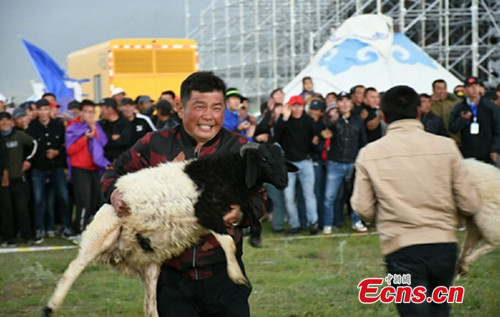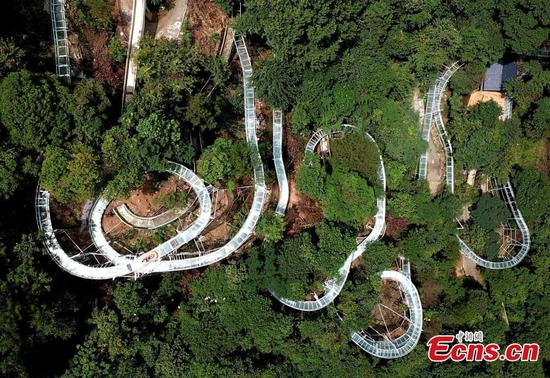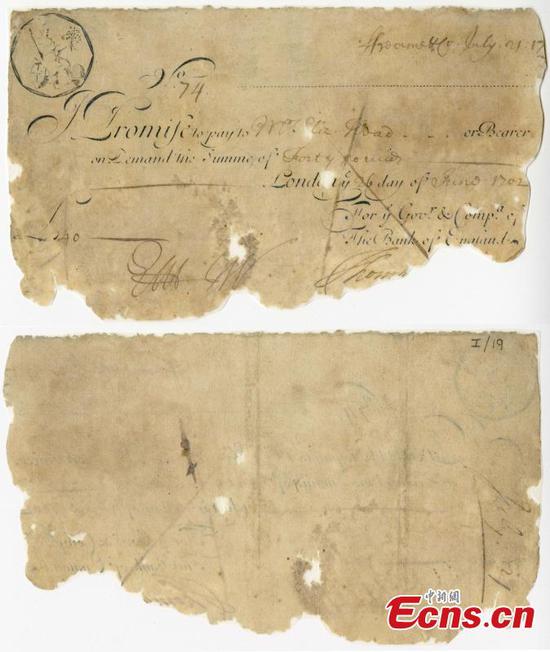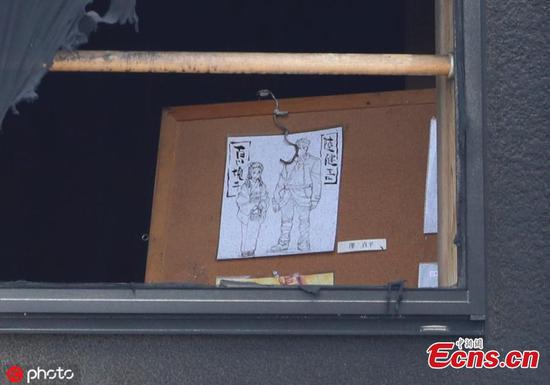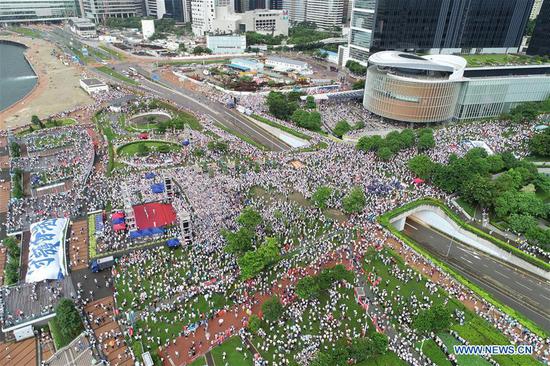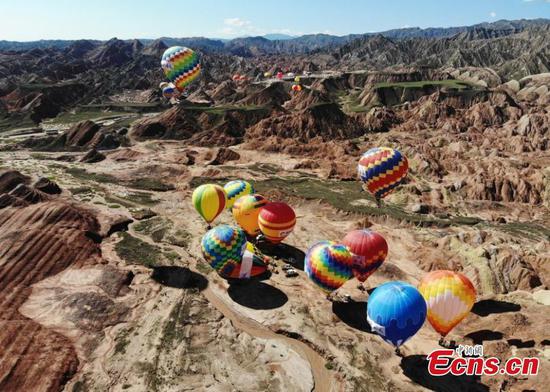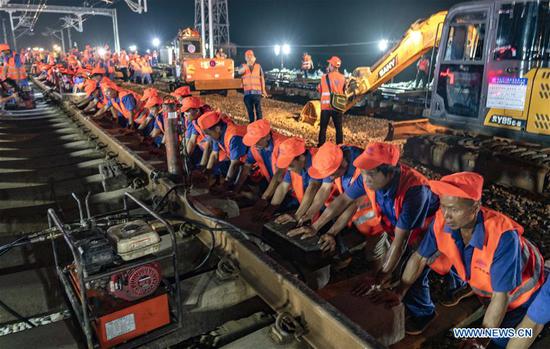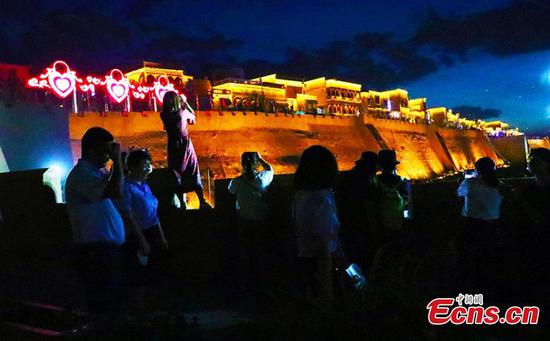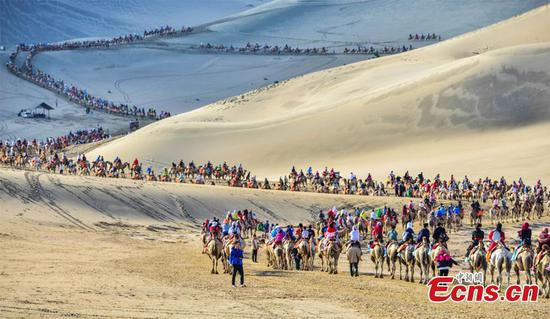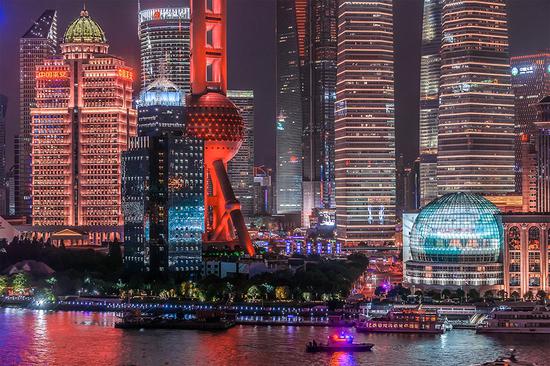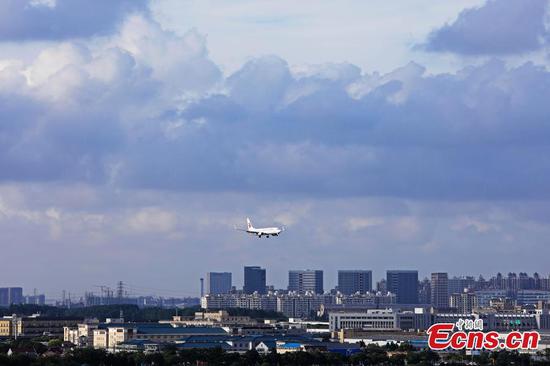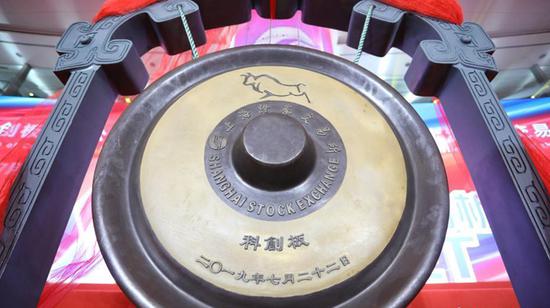CULTURE, TRADITION PRESERVED
During the nine-day tour, the delegation visited a number of religious institutions, including the Xinjiang Islamic Institute in the regional capital Urumqi and the Id Kah Mosque in Kashgar, and inquired about the training of religious personnel and the maintenance of religious places.
Khaled Jihad Abdul-Razzaq Al-Saleh, a journalist from the Saudi Arabian newspaper Al-Watan, said he didn't see any person here whose religious freedom was interfered with, and the Muslims in Xinjiang enjoy the freedom to practice their religion.
Hashemi Seyedeh Sepideh Seyed Hashem, a reporter from the Iranian Students' News Agency, commended the measures taken by the Chinese government to protect religious freedom. "It's good to see everybody is free to choose their own religious beliefs," she said.
The journalists also visited the Xinjiang Muqam Art Troupe in Urumqi, the handicrafts bazaar in the old city of Kashgar and the Kirgiz embroidery research center in Kizilsu Kirgiz Autonomous Prefecture. They interviewed local artists and craftsmen and watched a number of cultural performances by the artists.
Sakchai Pruedthipak, president of the Thai social media website www.salika.co, said the performances demonstrated the Chinese government's efforts in conserving ethnic tradition and cultures.
After watching a dance drama at the Xinjiang Grand Theater in the city of Changji, Syed Jawwad, CEO of India's Embassy News, posted pictures of the performance on social media, which garnered more than 300 replies from Indian netizens in two hours.
"The drama shows different kinds of ethnic dances. It was magical and eye-popping," Jawwad said. "Xinjiang is a place where you can find so many different cultures. I'll strongly recommend anyone who loves culture to visit Xinjiang."
LIVELIHOODS IMPROVED
Xinjiang is the largest provincial-level region in China in terms of landmass and also one of the less developed areas. The journalists visited the Grand Bazaar in Urumqi, the economic development zone in Kashgar and some village factories in southern Xinjiang and were impressed by the social and economic progress in the region.
"Xinjiang now has modern factories and improved infrastructure. The residents live in well-maintained houses, work in factories and have stable incomes, and they are confident about the future," said Dalimovich, who has visited Xinjiang for several times.
Abrar Naseem Wahla, an anchor from Pakistan Television, said he saw local governments in Xinjiang are stepping up infrastructure construction, such as building roads, hospitals and tourist centers, and are working to provide more job opportunities for local residents.
The delegation also visited Kekeya in the Aksu Prefecture, a place located on the edge of the Taklimakan Desert. Once notorious for constant sandstorms, Kekeya has seen a marked improvement of its natural environment, thanks to an afforestation project launched in 1986 that has erected a "green wall" with an area of around 77,000 hectares between the desert and nearby towns.
"I'm glad to see the desert has been converted into green fields with the efforts of the Chinese government and local people. Such an environment helps people live better lives," Chesnokov said.











